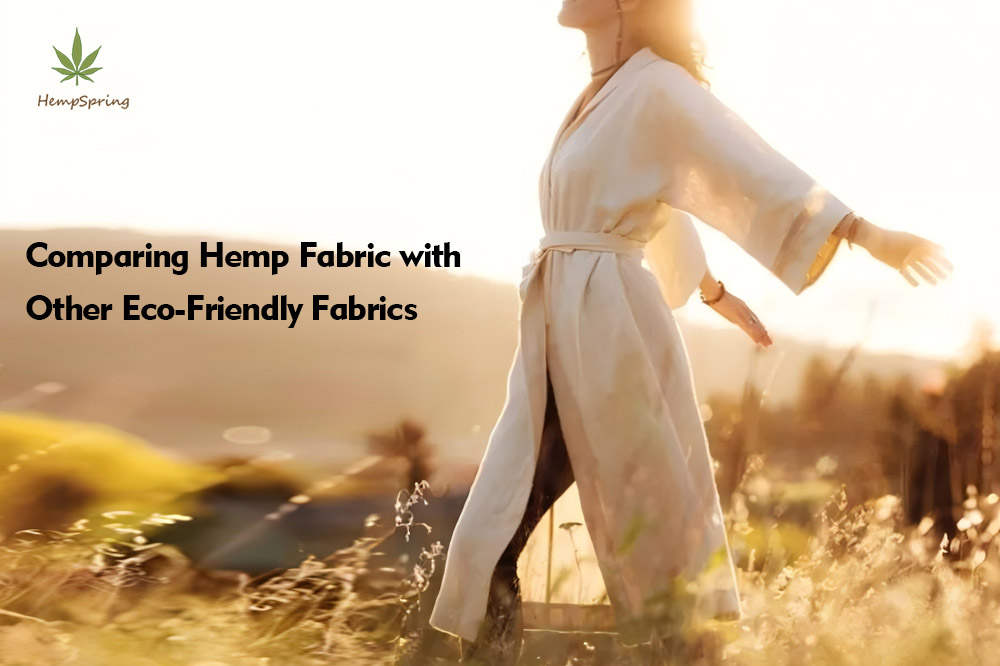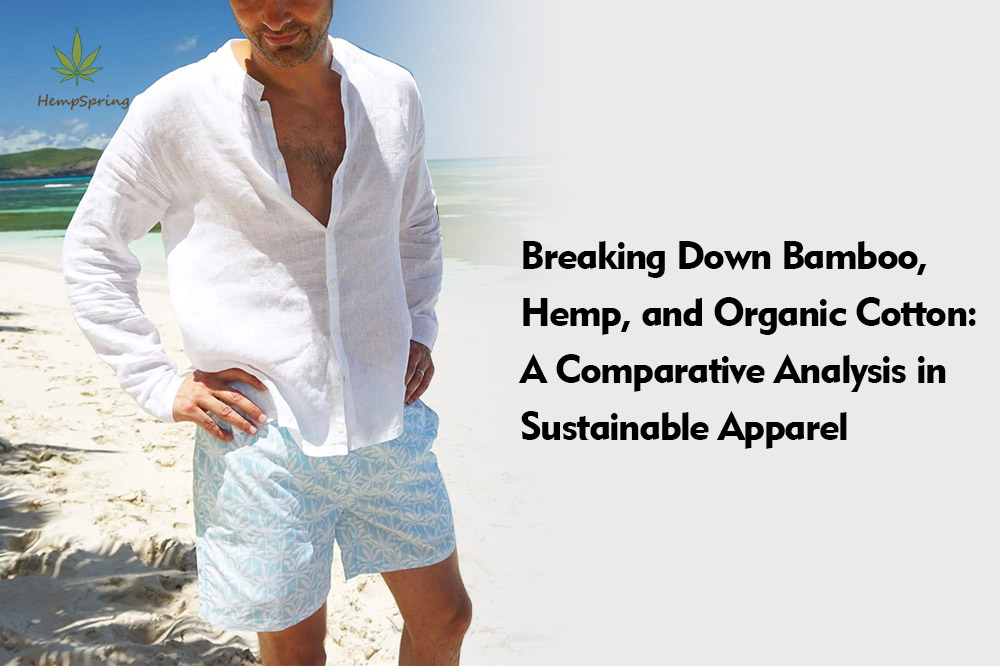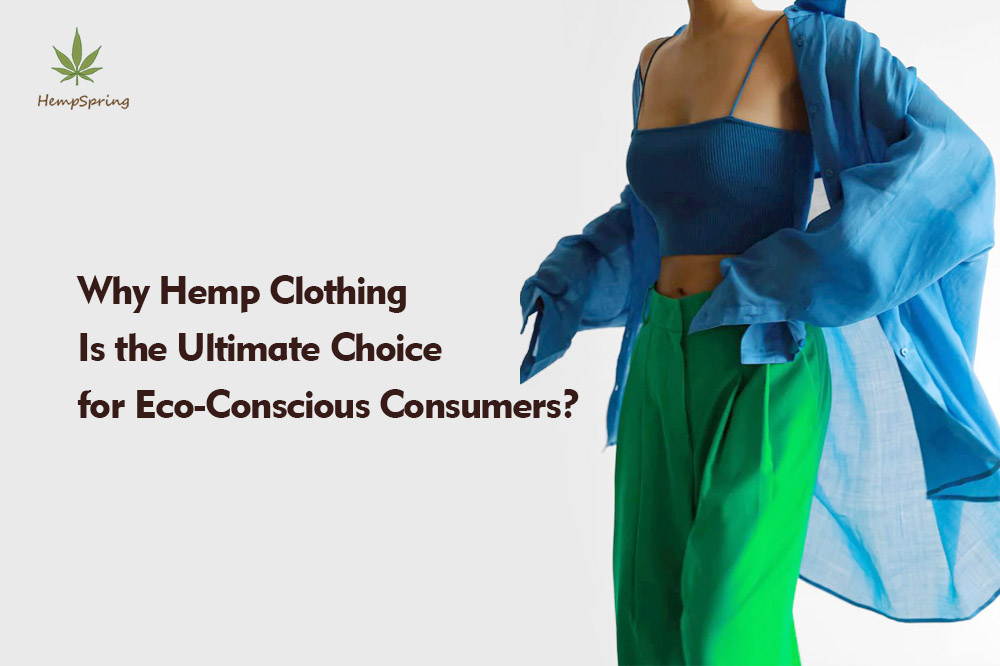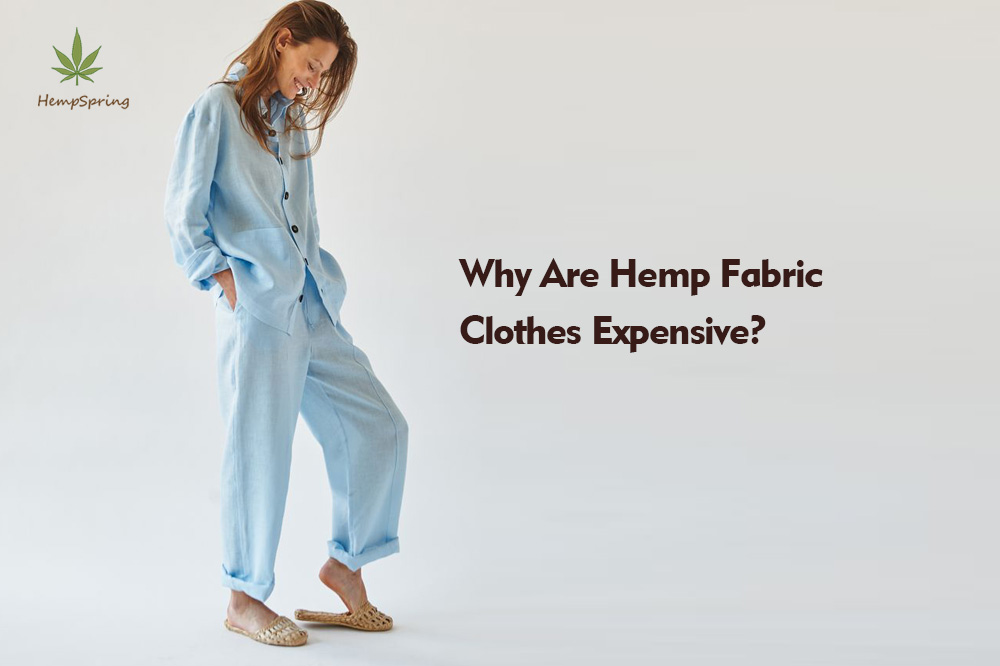
Hemp is nothing new. In fact, the US has had a steady history of using hemp in flags, sails for ships, the paper used to draft the US Constitution, the first pair of Levi’s jeans, and the majority of clothing in the early 1900s was made from hemp. It was pushed out of production by those who wanted the timber and cotton industries to remain strong.
Hemp clothing is made using hemp fiber, one of the strongest and most durable natural fibers in the world. Hemp fiber comes from the industrial hemp plant, a fast-growing and high-yielding crop that requires less water to grow compared to cotton. Clothes made of hemp are comfortable, anti-bacterial, and long-lasting so it’s a top choice for sustainably-minded and Fair Trade-compliant clothing brands.
Before we take a look at the numerous reasons hemp is more sustainable than cotton, let’s take a look at how hemp benefits people’s wardrobes and wallets.
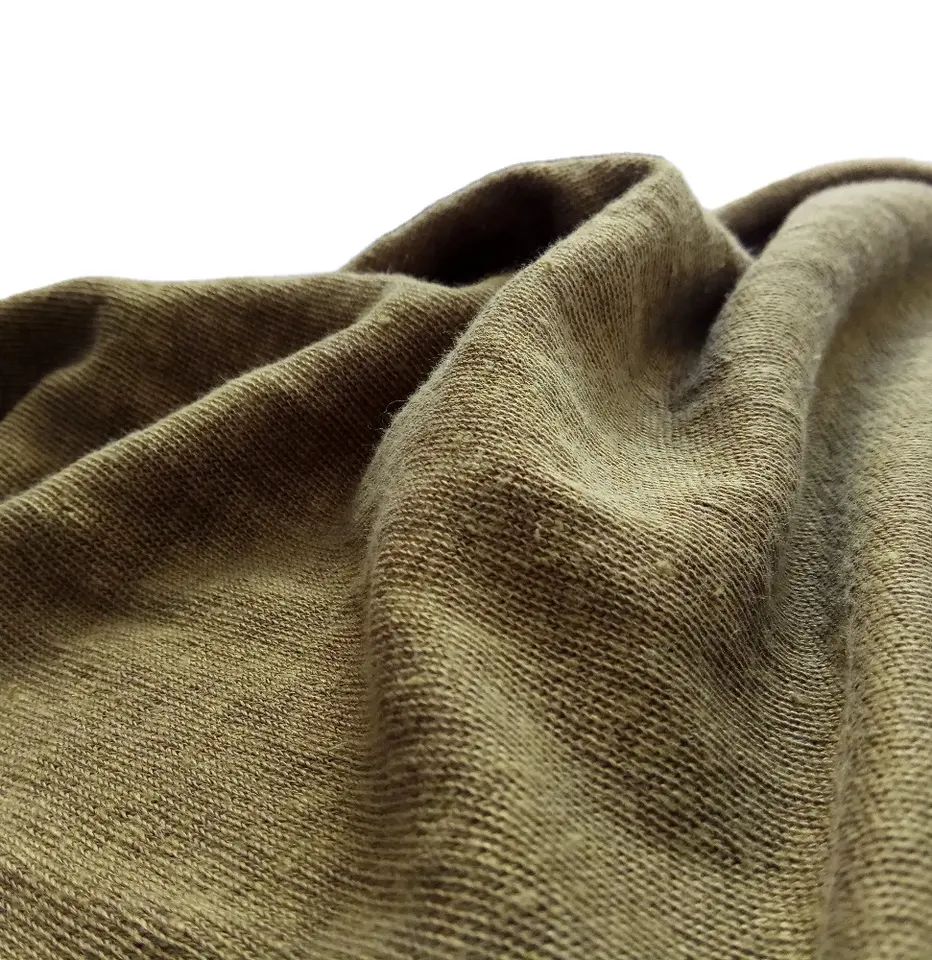
What is hemp?
Many have heard of hemp and its associations with marijuana, however the plant can also be used for a wide range of industrial products.
Alongside bamboo, hemp is one of the fastest-growing plants in the world, meaning it’s great for constantly evolving industries that require a fast turnaround – like fashion.
Though hemp and marijuana are technically of the same cannabis plant, the key difference is the legality of the products.
Hemp seed is therefore completely legal to grow and use for other products, most commonly paper, textiles, animal feed, plastic, and even in food products such as hemp milk and hemp oil.
How sustainable is hemp?
As hemp grows incredibly quickly, it’s considered a more sustainable material.
Hemp can renew up to three times per year and is easy to grow – you can find it on almost every continent. The plant naturally reduces pests, meaning no pesticides are usually needed. Hemp also returns 60-70% of the nutrients it takes from the soil.
Water-wise, hemp requires very little, especially when compared to the most popular clothing material, cotton. Hemp uses up to four times less water than cotton and needs a relatively small amount of land to cultivate.
How is hemp used in clothing?

Hemp is one of the most durable natural fibres. It’s similar to linen in texture, but can also be combined with other materials to make it softer. It’s around ten times stronger than cotton, is resistant to UV rays, and holds its shape. In short, it’s a great candidate for timeless pieces of clothing that are worn on a regular basis.
It’s great for our skin too – hemp is naturally pest-repellent meaning no chemicals are needed in the growing process. This organic approach makes hemp perfect for sensitive skin. It’s a breathable fabric and has fantastic insulation properties.
Perhaps the most sustainable aspect of hemp is that it’s biodegradable, meaning it won’t tarnish our environment.
This minimal carbon footprint and other natural properties have made hemp rapidly popular in the fashion industry. Clothing brands are answering consumer cries for more sustainable approaches to fashion, with hemp seemingly being one of the answers.
Previously, hemp has been associated with heavy-duty clothes and unflattering pieces. However, with recent interest from fashion stores such as H&M, Zara, and Marks and Spencer, hemp is now being transformed into more appealing and fashionable designs.
How hemp fabric is made
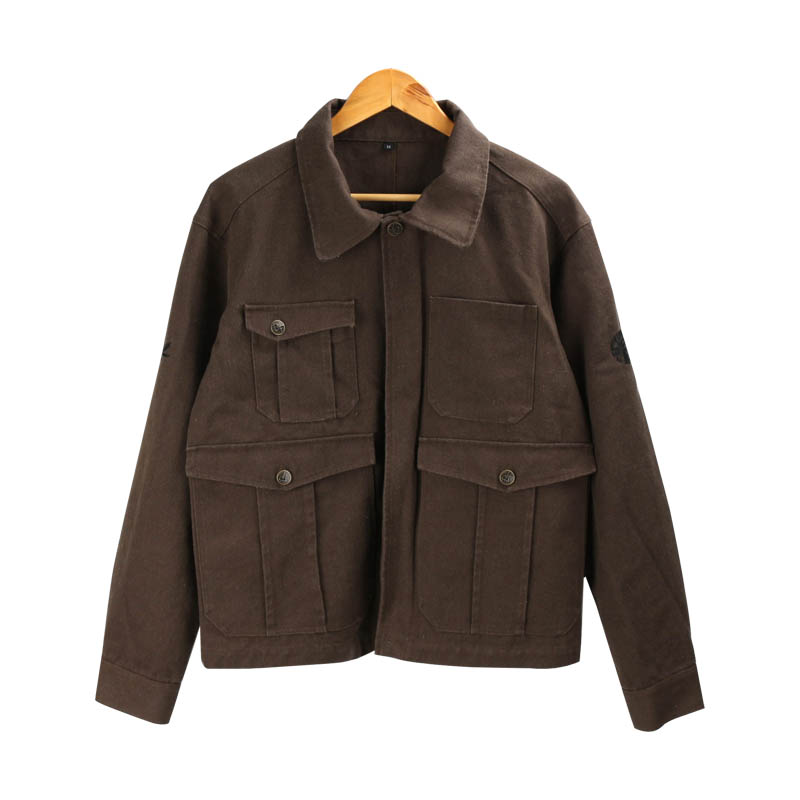
Hemp fabric is made much like other, similar clothing materials.
The fabric is made from the long strands of fibre that make up the stalk of the plant. Through a process called ‘retting’, these fibres are separated from the bark and then spun together to produce a continuous thread that can be woven into fabric.
The fabric is made from the long strands of fibre that make up the stalk of the plant. Through a process called ‘retting’, these fibres are separated from the bark and then spun together to produce a continuous thread that can be woven into fabric.
Dying hemp can also have a negative impact on the environment, again because of the chemicals used. Always check the label of any hemp clothing you are buying to ensure you are purchasing an organic and eco-friendly product.
The most common sustainable hemp blend fabrics are hemp cotton blends and hemp bamboo blends.

The pros and cons of hemp clothing
Though hemp clothing is considered more sustainable, it’s important to analyse both the pros and cons of the material.
Requires less water, land, and energy than popular alternatives such as cotton. Grows faster than most other plants, so can be restored quicker.
Is a durable material that is also good for the skin.
Can be combined with other materials to make for a more fashionable end product. Is biodegradable.
Cons
Negative connotations, particularly concerning legality and abuse of the cannabis plant.
Some clothing companies use heavy chemicals and dyes in the growing and manufacturing process, harming the environment.
Hemp clothing is – at the moment – generally more expensive than other materialled clothes, meaning it’s unattainable for everyday shoppers. Limited styles and colours of hemp clothing exist, making it unappealing in the fashion world.
Where to manufacturer hemp clothing ?

As a leading 100 % Hemp Clothing manufacturer, wholesaler & distributor, we help small businesses with low MOQ, custom designs at low cost, custom dye, digital printing and custom embroidery.

